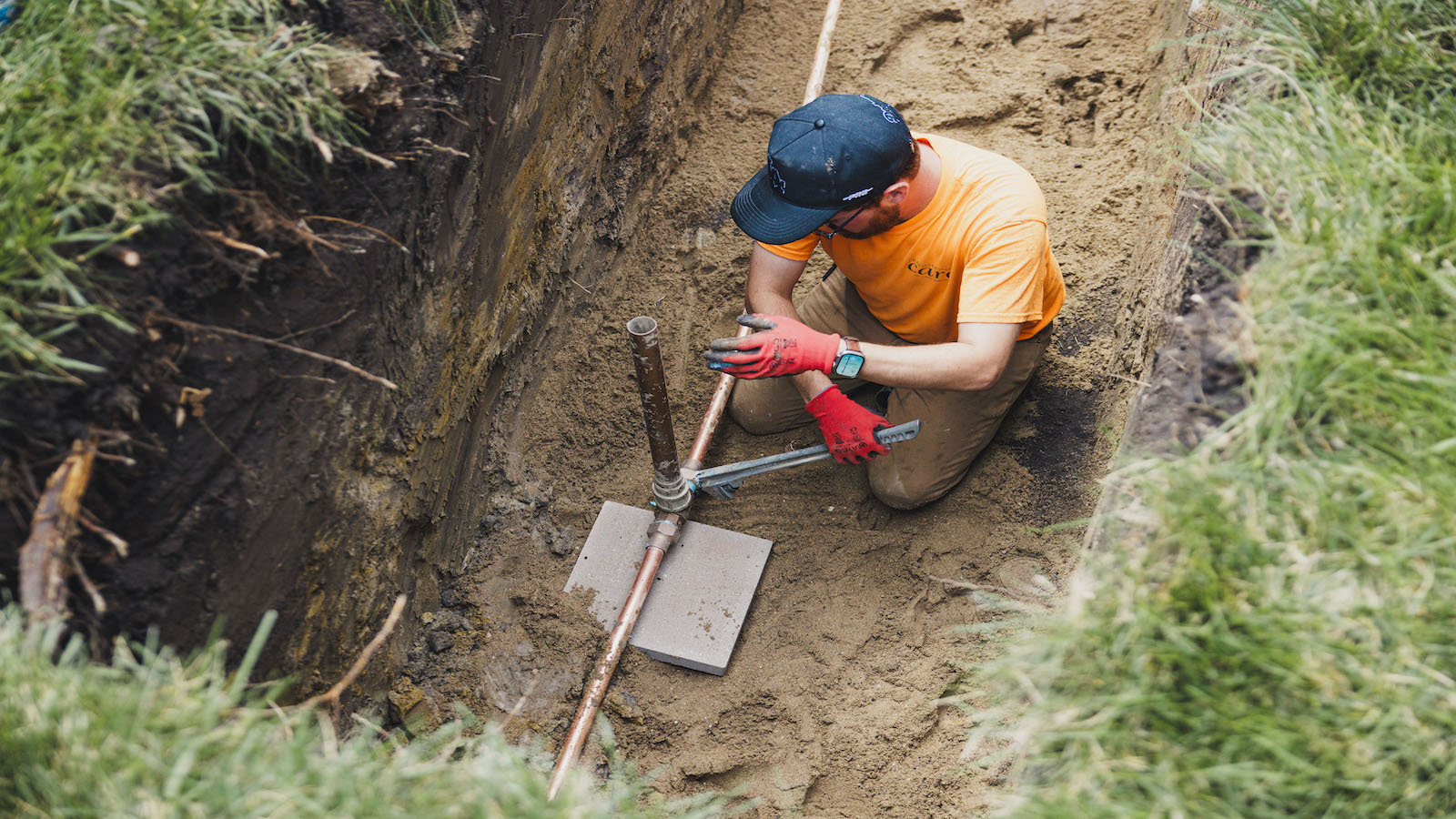Veterinary Sciences, Vol. 12, Pages 839: Self-Adhesive, Human Bandage Contact Lens Versus Conjunctival Transposition Flap for Surgical Repair of Feline Corneal Sequestrum
Veterinary Sciences doi: 10.3390/vetsci12090839
Authors:
Khaled M. Ali
Ayman A. Mostafa
Corneal sequestrum, also known as corneal mummification or necrosis, is a common complication of corneal ulceration in cats, with brachycephalic and pure-bred cats being the most affected. This prospective clinical trial aimed to evaluate the efficacy of self-adhesive, human bandage contact lenses (SHBCLs) versus the commonly used conjunctival transposition flap (CTF) in the management of feline corneal sequestrum. Twenty-five client-owned cats of different breeds with unilateral corneal sequestrum were investigated. All cats underwent a complete ophthalmic examination. Characterization of corneal sequestrum was carried out. The corneal lesion was removed surgically via keratectomy, and the cats were then categorized into three treatment groups: G-SHBCL (10 cats), G-CTF (10 cats), and the control group (G-CO, 5 cats). The healing progress of the corneal defect and associated clinical findings were recorded in all studied groups. Eight out of ten cats (80%) treated with SBCLs showed complete healing of the corneal defect with light corneal scarring and absence of all signs of ocular pain or discomfort. In comparison with G-CTF and G-CO, no granulation tissue was observed in all cats treated with SHBCLs. Moreover, no residues of corneal sequestrum or adhesion were identified, and the degree of corneal clarity was higher in the SHBCL treatment group. In conclusion, application of SHBCLs on a corneal defect, after removal of the associated sequestrum, enhances healing of the cornea and markedly improves the corneal clarity and transparency within a short period.
Source link
Khaled M. Ali www.mdpi.com


